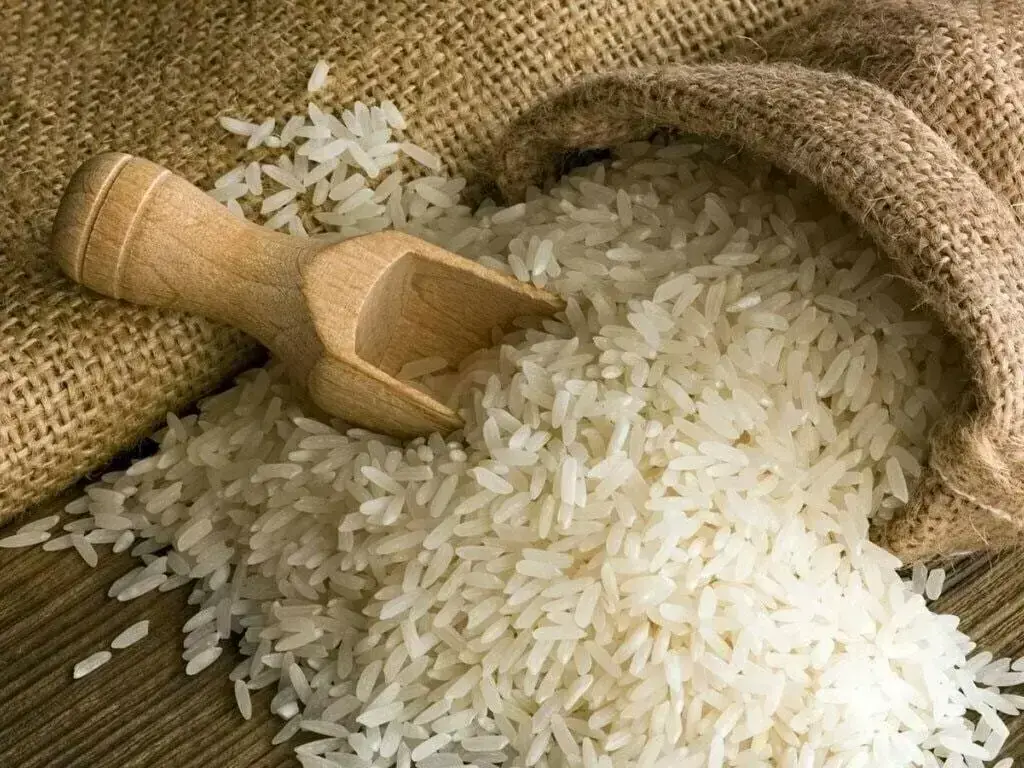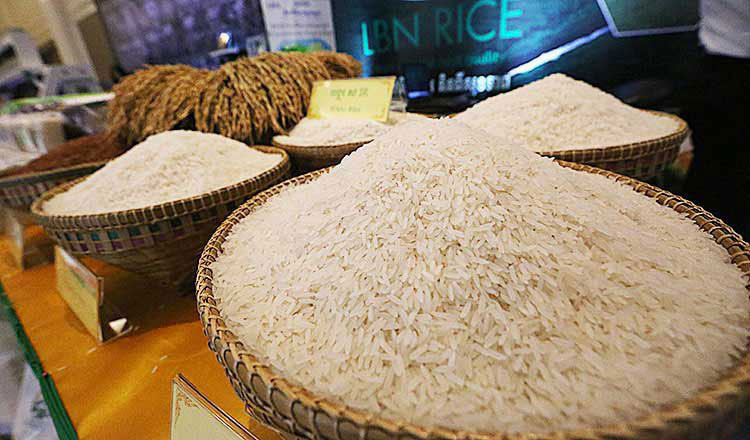Tags
Measures needed to stabilise rice prices, food inflation

WHILE food inflation has put a large number of poor, low- and fixed-income people into difficulty, the persistent increase in rice prices appears to be pushing many into food insecurity. The increase in rice prices, moreover, remains the major contributor to food inflation. Fine rice inflation has stayed in double digits over the past twelve months, while the medium and coarse varieties have recorded double-digit inflation since December 2024, according to the macroeconomic update of the General Economics Division under the Ministry of Planning. The contribution of rising rice prices to food inflation jumped to 51.55 per cent in July from 40 per cent in May, according to that update. Rice price inflation is particularly worrying as rice contributes approximately 67.5 per cent of the average per capita calorie intake among the poor. It was expected that rice prices would ease from June after the harvest of the boro paddy, the single biggest crop, accounting for about 50 per cent of the country’s annual grain output. But this did not happen because of low production this year. The production of both aus and aman paddies also dropped by 0.85 per cent and 6.04 per cent respectively in the 2024–25 financial year.
Rice prices have also continued to rise as the government failed to ensure timely and adequate imports, while the government’s open market sales programme, under which people can buy essentials at subsidised prices, could not cover everyone in need of such support. The OMS distribution of rice, in fact, decreased. In July 2025, 62,889 tonnes of rice were sold through OMS, which is 36 per cent lower compared with the same month the previous year. The government, meanwhile, has not been able to adequately contain market volatility. The prices of almost all other essential food items have remained high in the kitchen markets. Traders appear not to miss any opportunity to manipulate the market. Poverty, meanwhile, has edged up. Extreme poverty has also risen, with an additional 30 lakh people in Bangladesh feared to fall into extreme poverty in the current calendar year, as the rate is projected to rise from 7.7 per cent to 9.3 per cent, according to the Bangladesh Development Update released by the World Bank in April. The recent Multidimensional Poverty Index, released by the General Economics Division in July, said that one in four people is poor and about 3.98 crore individuals suffer multidimensional poverty.
The authorities must, therefore, take effective and immediate measures to contain food inflation. In so doing, they must stabilise rice prices through facilitation of domestic production, regular market monitoring and timely imports. They must also enhance the OMS operation to give low-income people some respite from the pressure of food inflation.
https://www.newagebd.net/post/editorial/273431/measures-needed-to-stabilise-rice-prices-food-inflationPublished Date: August 19, 2025






